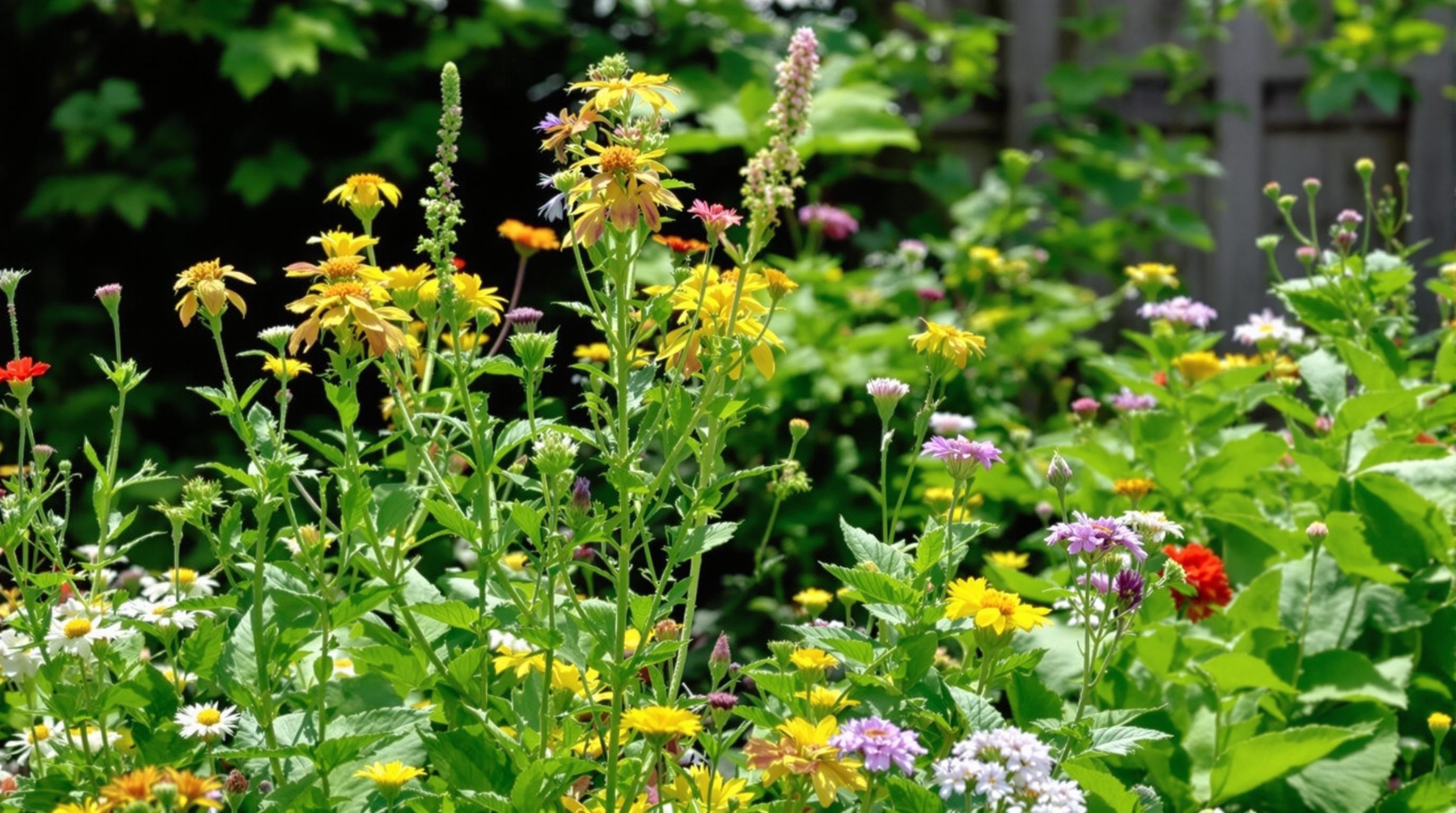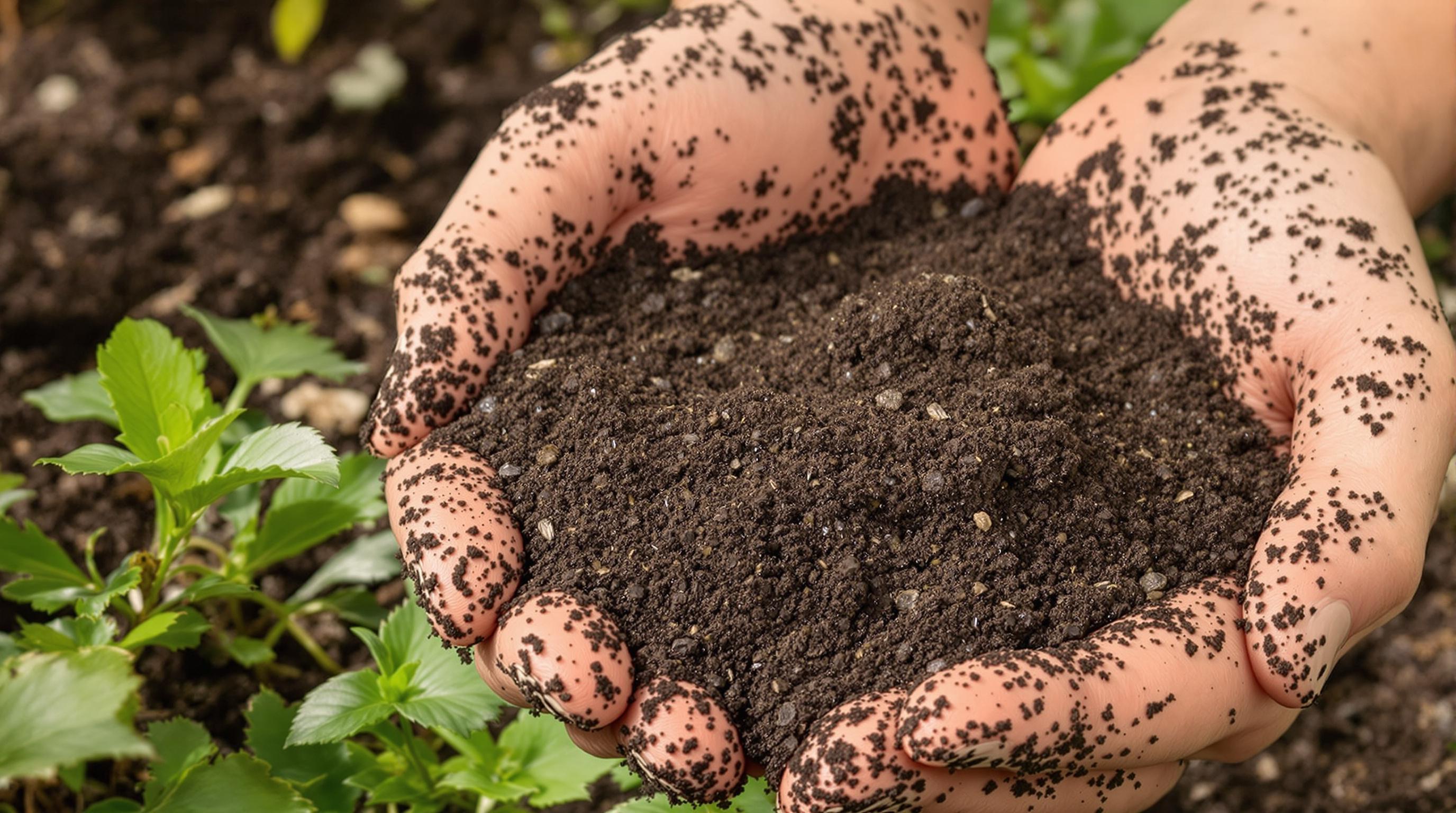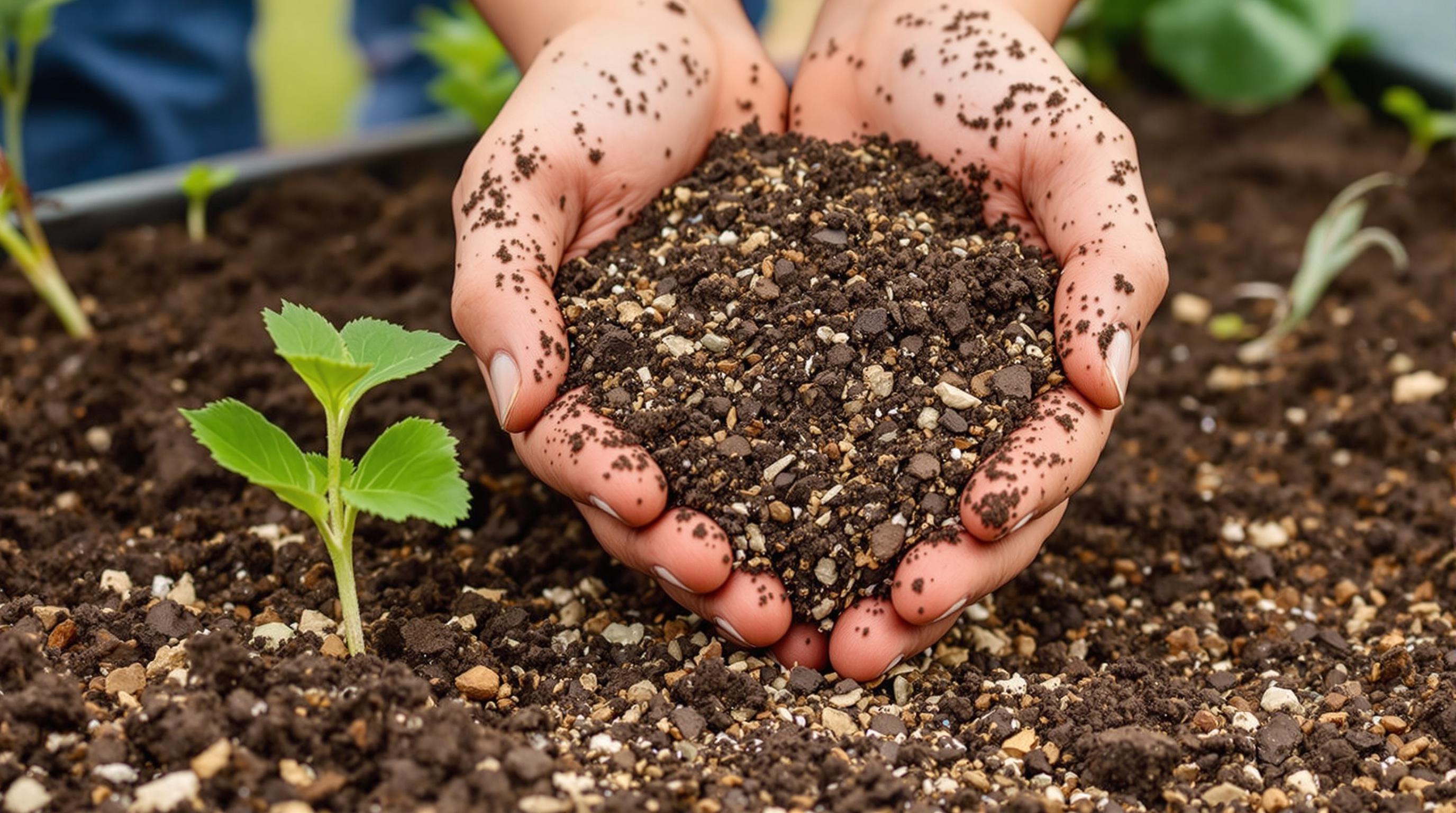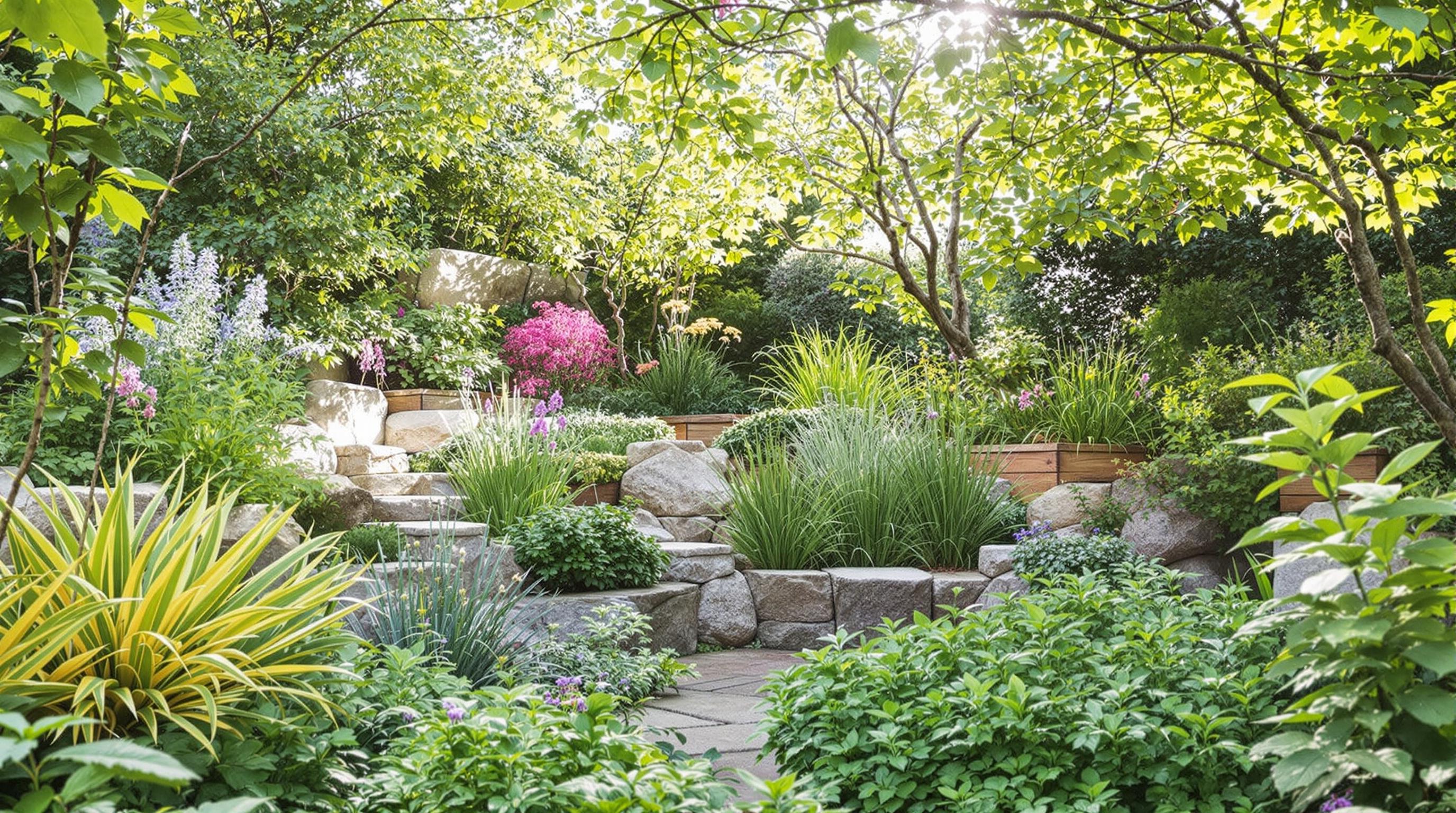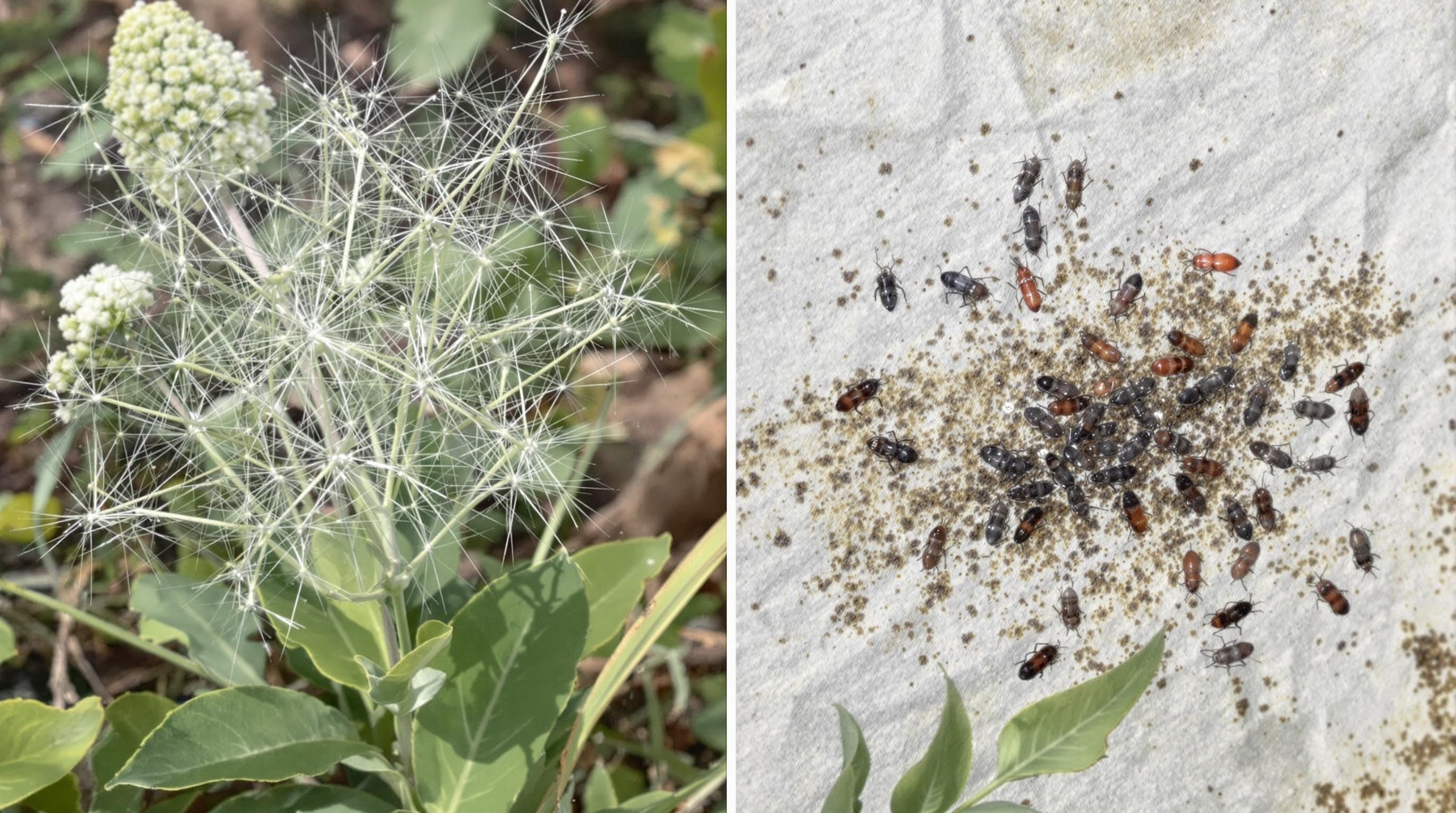Related Articles
- The Hidden Influence of Ergonomics: How Tool Design Shapes Our Physical Spaces and Daily Lives
- The Silent Influence: How Hidden Home Implements Shape Our Daily Routines and Spaces
- The Counterintuitive Role of Chaos: How Messy Tool Storage Can Lead to Unexpected Home Innovations
- Exploring the Unseen: How Audio Experiences Shape the Art of Domestic Spaces and Color Perception
- Rethinking the Mundane: How Everyday Objects are Becoming the Canvas for Modern Artistic Expression in Home Spaces
- Cultivating Chaos: The Surprising Benefits of Embracing Weeds in Your Garden Ecosystem
8 Essential Tips for Harmonizing Your Garden Design with Local Wildlife to Boost Biodiversity and Enjoyment
8 Essential Tips for Harmonizing Your Garden Design with Local Wildlife to Boost Biodiversity and Enjoyment
8 Essential Tips for Harmonizing Your Garden Design with Local Wildlife to Boost Biodiversity and Enjoyment
1. Understand Your Local Ecosystem
Before diving into garden design, it's vital to understand the specific ecosystem in your area. Different regions host unique sets of flora and fauna, and recognizing these will aid in selecting compatible plants. Familiarize yourself with common native species and how they interact with local wildlife.
Consulting local extension services or ecological organizations can provide valuable insights. These resources often offer guides that detail which plants best support local pollinators, birds, and other wildlife. Understanding your yard’s soil type and climate will also inform your design choices.
By grounding your garden in local biodiversity, you create a sustainable environment that fosters healthy relationships among plants and wildlife, ultimately enhancing your enjoyment of the space.
2. Incorporate Native Plants
Utilizing native plants is one of the most effective ways to support local wildlife. These plants are adapted to the local climate and soil conditions and require less maintenance than non-native species. Furthermore, they provide essential food and habitat for native pollinators and birds.
Consider including a diverse range of native plants that bloom at different times throughout the growing season. This ensures that food sources are available for wildlife year-round. Grouping plants in clusters instead of scattered throughout the garden encourages pollinators to thrive, as they can easily locate their food sources.
For ideas on suitable native plants, consult local botanic gardens or resources such as Native Plant Societies, which can guide you toward species that best suit your geographical area.
3. Create Wildlife Habitats
Designing your garden with natural habitats in mind can significantly benefit local wildlife. Features like birdhouses, insect hotels, and designated areas for native grasses can provide essential shelter and nesting opportunities. Consider incorporating small water features such as bird baths or ponds, which attract a variety of wildlife and support hydration needs.
Additionally, leaving some areas of your garden a little wild can encourage beneficial insects and other creatures. Piles of rocks or logs can serve as homes for small mammals and insects, while untouched patches of grass or meadows can provide food sources and shelter.
By offering diverse habitats, you cultivate a thriving ecosystem that encourages wildlife to visit and flourish within your garden.
4. Use Organic Gardening Practices
Embracing organic gardening methods can further enhance the appeal of your garden to local wildlife. These practices minimize chemical use, thereby protecting beneficial insects, birds, and other creatures that contribute to a balanced ecosystem. Organic fertilization and pest control methods, such as composting and companion planting, can lead to healthier plants and soil.
Additionally, maintaining a chemical-free garden supports pollinators like bees and butterflies, which are critical to plant reproduction and biodiversity. When using any gardening solution, opt for biodegradable or environmentally safe products.
Beyond being advantageous to wildlife, organic practices often result in a more vibrant and resilient garden, boosting your enjoyment of the space.
5. Plan for Year-Round Interest
Creating a garden that offers year-round interest is not only visually appealing but also beneficial for local wildlife. Choose a variety of plants that bloom in different seasons and incorporate ones that have foliage, berries, or seeds throughout the year. This strategy aids in providing sustenance and habitat all year long.
Planting evergreens, for example, ensures that there is cover for birds during winter while also providing a backdrop to the more colorful flowering plants that emerge in spring and summer. Rotating seasonal crops can also attract various species at different times.
A garden designed with seasons in mind transforms not only the aesthetic but also sustains a diverse array of wildlife, keeping your outdoor space lively and engaging year-round.
6. Provide Food Sources
Incorporating a variety of food sources into your garden is essential for attracting and sustaining wildlife. Planting flowering species that produce nectar, as well as fruit-bearing bushes and trees, can create a natural buffet for birds, butterflies, and beneficial insects.
Consider also supplementing these natural resources with feeders and bird baths, offering a reliable food and hydration source. This can be particularly effective during seasonal shortages, such as winter or early spring when natural supplies may dwindle.
A diverse array of food sources in your garden not only supports various wildlife but also enriches your gardening experience as you enjoy the vibrant interactions and activities of your visiting creatures.
7. Reduce Lawn Areas
Lawns provide little ecological value and can contribute to biodiversity loss. By reducing traditional lawn areas and instead using those spaces for gardens, you enhance the potential for wildlife habitats and food sources. Consider replacing sections of grass with native plants or wildflower meadows that support pollinators and other wildlife.
Creating pathways through these garden areas can still provide functionality while enriching biodiversity. This approach also reduces maintenance needs, such as mowing and watering, and can save resources over time.
Less lawn not only creates a vibrant garden but encourages diverse plant and animal interactions, transforming your outdoor experience into a more dynamic ecological landscape.
8. Engage with Your Community
Building a relationship with your local community can amplify your efforts in promoting biodiversity in gardening. Participate in neighborhood garden clubs or conservation initiatives to share knowledge, plants, and resources that enhance local eco-systems.
Community events such as plant swaps or workshops on sustainable gardening practices foster a collective responsibility toward caring for local wildlife. You can also educate your neighbors on the importance of biodiversity in gardens, creating a more extensive habitat for wildlife.
As more gardeners harmonize their designs with local ecosystems, a ripple effect emerges, encouraging greater biodiversity within the larger community. Your garden can be an integral part of a collective effort to enhance the local environment.
Conclusion
Incorporating these essential tips into your garden design not only boosts local biodiversity but also enhances your enjoyment of the space. By understanding your local ecosystem, using native plants, creating habitats, and engaging with your community, you can create a thriving garden that attracts various wildlife.
As we work towards sustainability in our gardening practices, we not only create beauty in our surroundings but foster a more vibrant and resilient environment for future generations. Your garden can be a haven for local wildlife and a space of peace and enjoyment.
